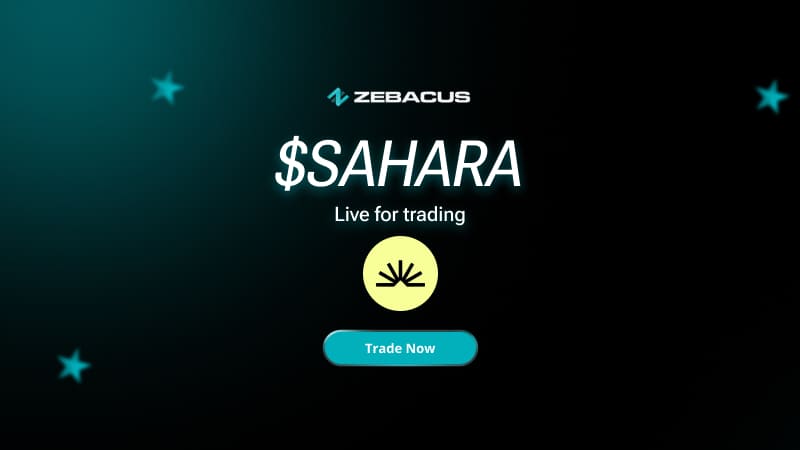What is Ethereum (ETH)?
Ethereum is probably the most misunderstood blockchain out there. To begin with, it is often mistaken for its native cryptocurrency Ether and the platform adds a layer of complexity by offering something called smart contracts. More on this later. Ethereum was proposed in late 2013 by programmer Vitalik Buterin and development began via a Swiss company, Ethereum Switzerland GmbH (EthSuisse). The project received funding from a public crowd sale held in 2014. The Ethereum blockchain went live on July 30, 2015, allowing developers to build and deploy decentralized applications (dApps) with the help of, Ether (ETH).
Better than Bitcoin?
Unlike Bitcoin, which was designed primarily as a digital currency, Ethereum was conceived to offer a broader range of functionality through smart contracts. Smart contracts are self-executing contracts with terms written into the code, allowing for trustless and automated transactions and agreements.
The Ethereum white paper highlights Ethereum's goal to decentralize the internet and revolutionize traditional industries by automating and decentralizing financial and contractual arrangements. This vision includes reducing the reliance on intermediaries, thereby increasing transparency and reducing costs.
How does Ethereum Work?
Smart Contracts: Ethereum is built around the concept of smart contracts, which run on the Ethereum Virtual Machine (EVM). EVM is a large distributed network of computers that executes scripts and allows deploying of dApps. Ethereum transactions are processed and verified by network nodes through a proof-of-stakes consensus algorithm, starting with Ethereum 2.0.
Ether: Ethereum's blockchain stores transaction records and smart contract code, making it possible to build and run decentralized applications without downtime, fraud, control, or interference from third parties. Ether (ETH), the native cryptocurrency, is used to pay for transaction fees and computational services on the network.
Ethereum 2.0: Ethereum 2.0, also known as Serenity, is an upgrade to the Ethereum network designed to improve scalability, security, and sustainability. With this upgrade, known as ‘The merge’, Ethereum has transitioned from a proof-of-work (PoW) to a more efficient proof-of-stake (PoS) consensus mechanism.
Why Ethereum Matters
Programmable Blockchain: Unlike Bitcoin, which primarily functions as a digital currency, Ethereum introduces a programmable blockchain, enabling the creation of decentralized applications (dApps) and smart contracts. This flexibility has opened up a world of possibilities for developers, fostering innovation across various industries.
Decentralized Finance (DeFi): Ethereum is also the backbone of the DeFi movement, which aims to recreate traditional financial systems in a decentralized manner. DeFi platforms on Ethereum allow users to lend, borrow, trade, and earn interest on their assets without relying on intermediaries like banks. This democratizes access to financial services, especially in regions with limited banking infrastructure.
Non-Fungible Tokens (NFTs): Ethereum has been instrumental in the rise of NFTs, which are unique digital assets representing ownership of a specific item or piece of content. NFTs have gained popularity in art, music, gaming, and virtual real estate, providing new ways for creators to monetize their work and for collectors to invest in digital assets. Ethereum’s ERC-721 and ERC-1155 token standards have made the creation and trading of NFTs mainstream.
Ethereum As An Asset
Ether (ETH), the native cryptocurrency of the Ethereum network, is used to pay for transaction fees, computational services, and staking. Again, unlike Bitcoin, Ether’s supply is not capped. However, starting with the implementation of Ethereum Improvement Proposal (EIP) 1559 in August 2021, a portion of the Ethereum transaction fees are burned, introducing a deflationary mechanism to ETH's supply.
ETH can be obtained through staking, purchasing on cryptocurrency exchanges, or earning through participation in the Ethereum ecosystem, such as providing liquidity in DeFi protocols. Ether is long been the second-largest cryptocurrency by market capitalization, trailing only Bitcoin. It is traded on virtually every cryptocurrency exchange, including Zebacus. ETH's high liquidity makes it a favorite among a wide range of investors, from retail traders to institutional investors.
Conclusion
Ethereum has established itself as a leading blockchain platform, enabling a wide range of decentralized applications and pioneering innovations in decentralized finance, non-fungible tokens, and beyond. Its blockchain base, engaging community, and active development make it a key player in the crypto ecosystem.
As Ethereum evolves with the Ethereum 2.0 upgrade, it aims to overcome current limitations and solidify its position as a foundational technology for the decentralized internet. While challenges remain, Ethereum's potential to revolutionize various industries and drive the adoption of decentralized technologies makes it an influential project in the world of blockchain and cryptocurrency.







